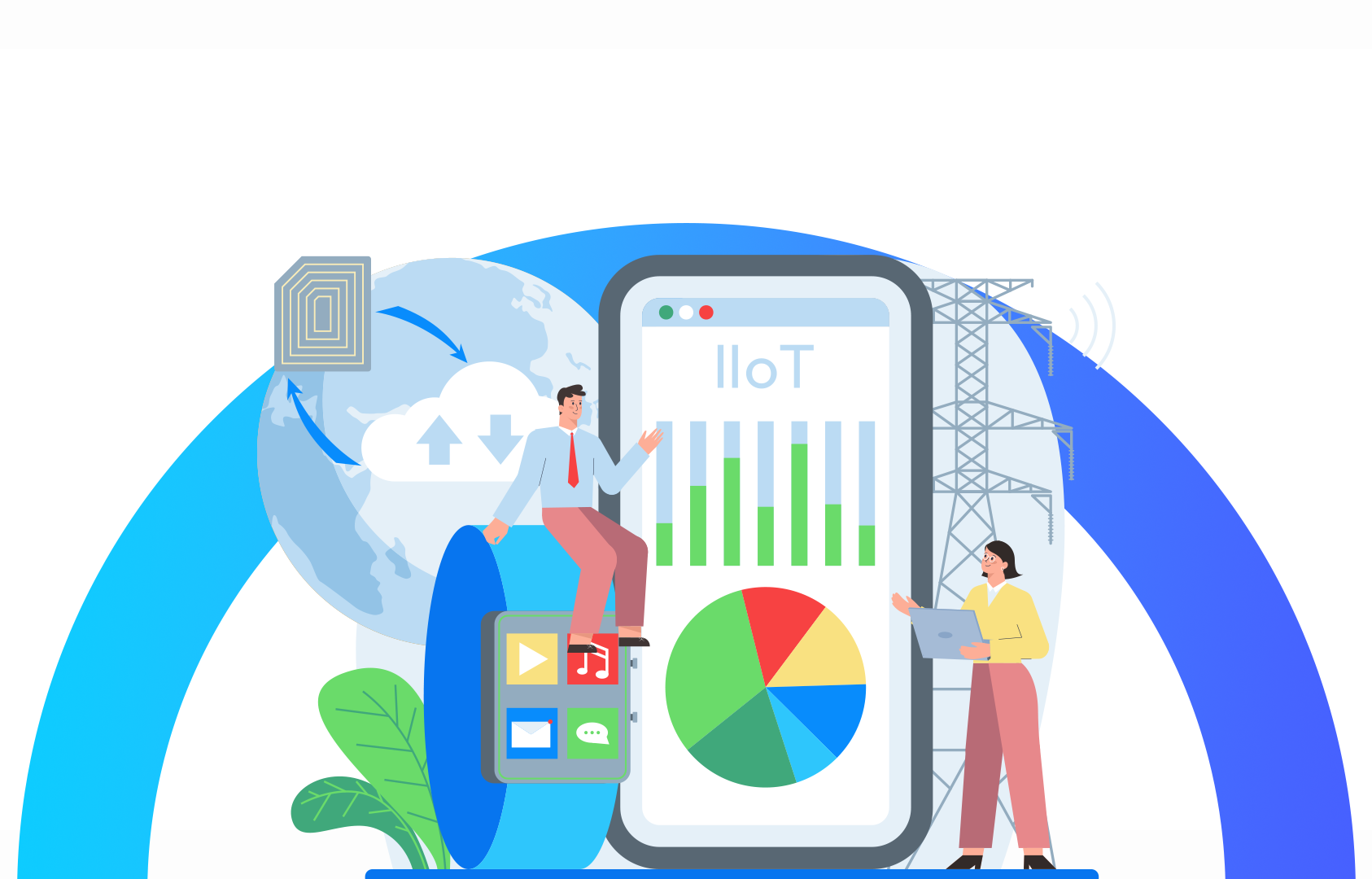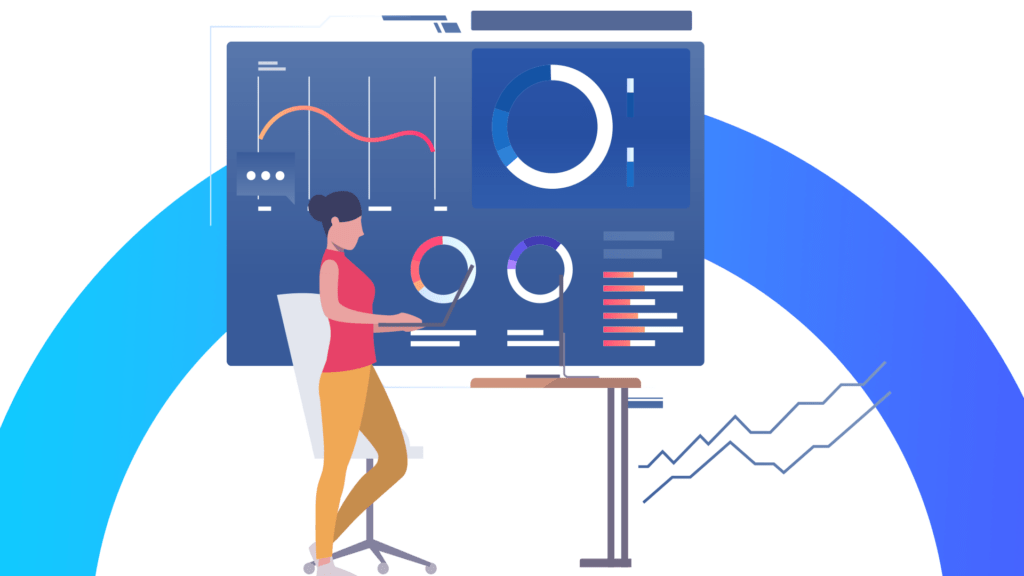In the realm of industrial power generation, the pivotal determinant of operational continuity is reliability and performance of a genset. Generator sets, commonly referred to as gensets, serve as primary or backup sources of electric power generation. When a genset is utilized as the primary power source for field operations, it is imperative to ensure that it is in optimal condition. Any malfunction or failure of the genset while in operation in the field can severely impede work progress. As organizations depend on these vital assets to fortify their defenses against power interruptions, tracking of genset health has become an integral component of facility management. Let’s explore and compare performance of traditional vs. IIoT genset health monitoring solutions.
Traditional approaches of genset health tracking
When businesses implement a sturdy and dependable IoT-driven genset monitoring system, they can effortlessly navigate through potential and existing challenges. These systems serve as vital bridges, promptly delivering reliable backup power when grid failures occur. Nonetheless, traditional genset monitoring methods come with their own set of limitations. They typically depend on reactive maintenance, provide limited data visibility, entail manual processes, and lack real-time data analysis capabilities.
Problems with manual inspections
Periodic inspections involved manual checking and examination of gensets at predetermined intervals. The primary objectives of these inspections were to assess the quality of oil, fuel levels, coolant temperature, pressure, and conduct load testing. While these inspections were effective in uncovering specific issues related to genset health, they were inherently incapable of detecting problems and are susceptible to missing unforeseen issues that may arise between scheduled checking, potentially leading to equipment failures. Consequently, critical issues often remained undetected until the next scheduled inspection, giving rise to unexpected emergency repairs and unanticipated expenditures.
Problems with deployment of data loggers
Another traditional approach involved the deployment of data loggers to capture gensets’ performance data, subsequently subject to manual analysis by technicians to identify anomalies or issues. The manual nature of this process demanded a significant allocation of time, human resources and effort, all of which contributed to its inherent inefficiency. The potential for human error further exacerbates the resource-intensive and inefficient nature of manual health tracking. Moreover, this process may not efficiently discern subtle data patterns or trends, potentially resulting in missed opportunities for preventive maintenance and early detection of issues. As a consequence of these inefficiencies, extended periods of downtime may occur, resulting in increased operational costs and a substantial impact on productivity.
How IIoT is revolutionizing genset health tracking
The emerging synergy of Industrial Internet of Things (IIoT) and power generation infrastructure has provided an unprecedented capacity for real-time monitoring, diagnosis and predictive maintenance of genset health. This dynamic integration of IIoT offers a thorough and insightful perspective into the intricate operations of gensets, presenting a proactive maintenance approach capable of preventing expensive downtime, ensuring operational resilience and optimizing resource utilization.
By utilizing IIoT, manufacturers can bypass the constraints of traditional approaches and presents a revolutionary answer to equip real-time monitoring for genset health:
- Real-time monitoring
The aim of an IIoT genset monitoring system is achieved through the utilization of sensors and telemetry devices. These devices consistently gather data on diverse parameters, including ambient environmental conditions and fuel levels. Real-time monitoring through IIoT facilitates immediate anomaly detection through the seamless integration of automated data collection and analysis, enabling the proactive identification of irregularities, faults and potential operational disruptions. This capability underscores the importance of timely interventions to avert costly downtime.
- Advanced data analysis
Furthermore, genset systems employ sophisticated data analysis methods through IIoT, such as algorithms and machine learning, to analyze collected data effectively. This strategy aids in detecting potential issues or maintenance needs, allowing for proactive intervention to prevent escalation of problems.
- Predictive maintenance and cost savings
One of the key benefits of genset monitoring through advanced IIoT monitoring systems for is its power to save manufacturing organizations from expensive downtime and interruptions in production. Deployment of IIoT sensors ensures the continuous availability of real-time data, thereby rendering predictive maintenance a practical and precise endeavor. This strategic approach allows for the meticulous scheduling of maintenance tasks as required, effectively mitigating the risk of unplanned downtime and subsequently curtailing maintenance expenditures.
- Remote access
The IIoT-centric real-time monitoring solution extends the advantage of remote access to genset health data, enabling the operators to access critical information from virtually anywhere. Furthermore, the IIoT system utilizes customizable alerting and notification functionalities. In the event of anomalies or critical events, designated personnel receive alerts via email, SMS, or alternative communication channels. This augmented accessibility serves as a pivotal driver of enhanced operational efficiency, streamlining response times for expedited issue resolution.
- Elimination of human error
IIoT systems utilize advanced analytics and machine learning to process and interpret real-time data which not only eliminates the human error which existed in traditional genset heath tracking methods but also unveils concealed patterns and emerging trends. These insights provide valuable input for decision making aimed at optimizing genset performance, efficiency, and longevity.
Dawn of an era of proactive genset health management
In conclusion, the convergence of IIoT with power generation has equipped manufacturers with proactive modes of genset health management. This innovative approach is steadily surmounting the constraints associated with conventional maintenance techniques, through the dynamic implementation of real-time monitoring, diagnosis and predictive maintenance. With the seamless integration of IIoT sensors and advanced analytics, organizations now are equipped with means to safeguard their operational continuity, prevent costly downtime and optimize resource utilization. This paradigm shift not only saves costs and enhances operational efficiency but also empowers decision makers with valuable insights. To learn more about proactive genset health management, talk to our experts




